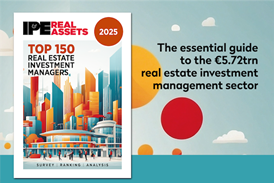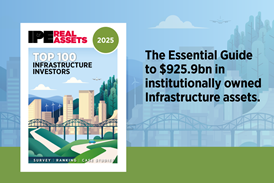Investors need to understand the implications of the Brexit negotiations over the next 12-18 months, before committing to strategically re-enter the UK, says Georg Allendorf, head of real estate Europe at Deutsche Asset Management.

European real estate has maintained strong momentum over the past 12 months. Despite historically high capital values and signs that global interest rates are entering a period of tightening, there is little evidence that the cycle may come to an abrupt end.
While returns may moderate over the coming years, European real estate does not look overvalued. The often repeated point that real estate yields are offering a considerable premium over the risk-free rate remains true today. Equally important, not only do occupier fundamentals continue to improve but the outlook has been upgraded to reflect a stronger-than-expected upturn in the eurozone economy. With this, investor appetite for real estate seems undiminished.
With the cycle entering its ninth year and investors still keen for real estate exposure, it’s not surprising that the task to deploy capital is becoming more difficult. But, despite the challenges, we still see opportunities without compromising on a diligent approach to risk.
Investment targets
Core investors should focus on key markets such as the Benelux, Finland and regional France and prepare to move back into the UK and Warsaw. They should also increase their portfolio weighting to long-term growth sectors such as logistics, pan-European residential and hotels. They should explore opportunities in emerging office locations and urban submarkets in major cities that are attracting a new breed of occupiers.
Understanding risks
Investors need to understand the implications of the Brexit negotiations over the next 12-18 months, before committing to strategically re-enter the UK. They should allocate a larger share to debt, with the potential to lower a portfolio’s interest rate sensitivity, while also helping to stabilise valuations over time. At the same time, they should reduce their exposure to retail assets that are vulnerable to void risks or even obsolescence as sales continue to migrate online.
Portfolio optimisation
Pricing suggests that risks are no longer being fully reflected in less-secure locations and older assets. Sellers should take advantage of this. While reducing exposure to retail assets that are prone to void risks, investors should look at over-allocating to growth segments to help outperform the benchmark.










